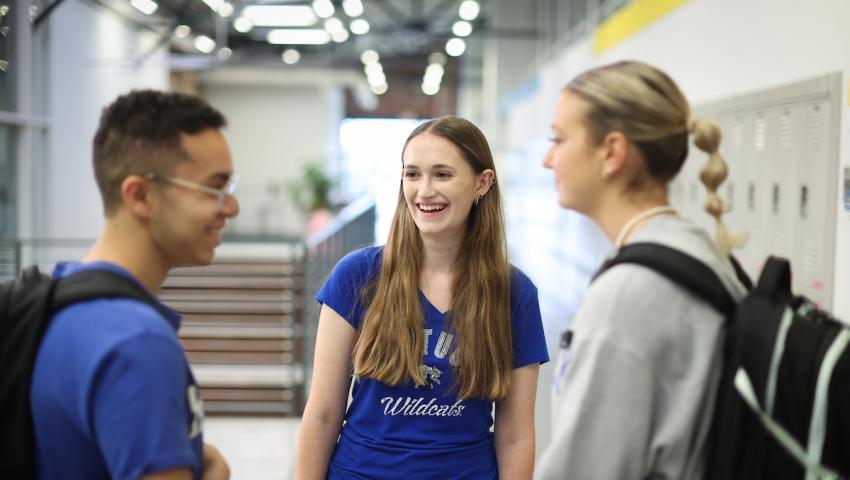When you pursue a Digital Media Design degree at the University of Kentucky, you can shape your curriculum to suit your career goals.
Students can emphasize areas like commercial photography or graphic design, or take coursework in web design and development, professional printmaking, or animation and fabrication. Innovative capstone courses allow students to interface with their professional choices while enrolled in the degree.
Digital Media Design enables students to actively craft their career with a degree that combines fundamental production skills in video, photography, design, and programming with training to understand and analyze how culture is transformed by a myriad of rapidly evolving and hybridized media. This degree puts you in control of your future.
Our students learn from instructors with a varied set of skills and experiences while receiving hands-on training in photography (camera work, lighting, large format printing, post-production), video (storyboarding, short film creation, color grading, editing), digital fabrication (3D printers, CNC, laser cutting), programming for the web and IOT (client-side and server-side programming, connecting to sensors in the physical world), graphics (from layout design to illustration), and many other skillsets.
Students in this program will learn to master emerging technologies as well as develop creative critical thinking skills. This combination of technology and creativity helps students find their own aesthetic voices, preparing them for success in the fields of communication and culture creation.
APPLY: For freshman applicants, no application beyond the UK Admissions application is required. Transfer students—whether from other UK programs or other universities—must complete additional questions and submit a portfolio as part of the application process. This includes students already enrolled at UK who want to change their major or add DMDE as a second major. Admission to the program is competitive and considers both academic performance and creative goals.

